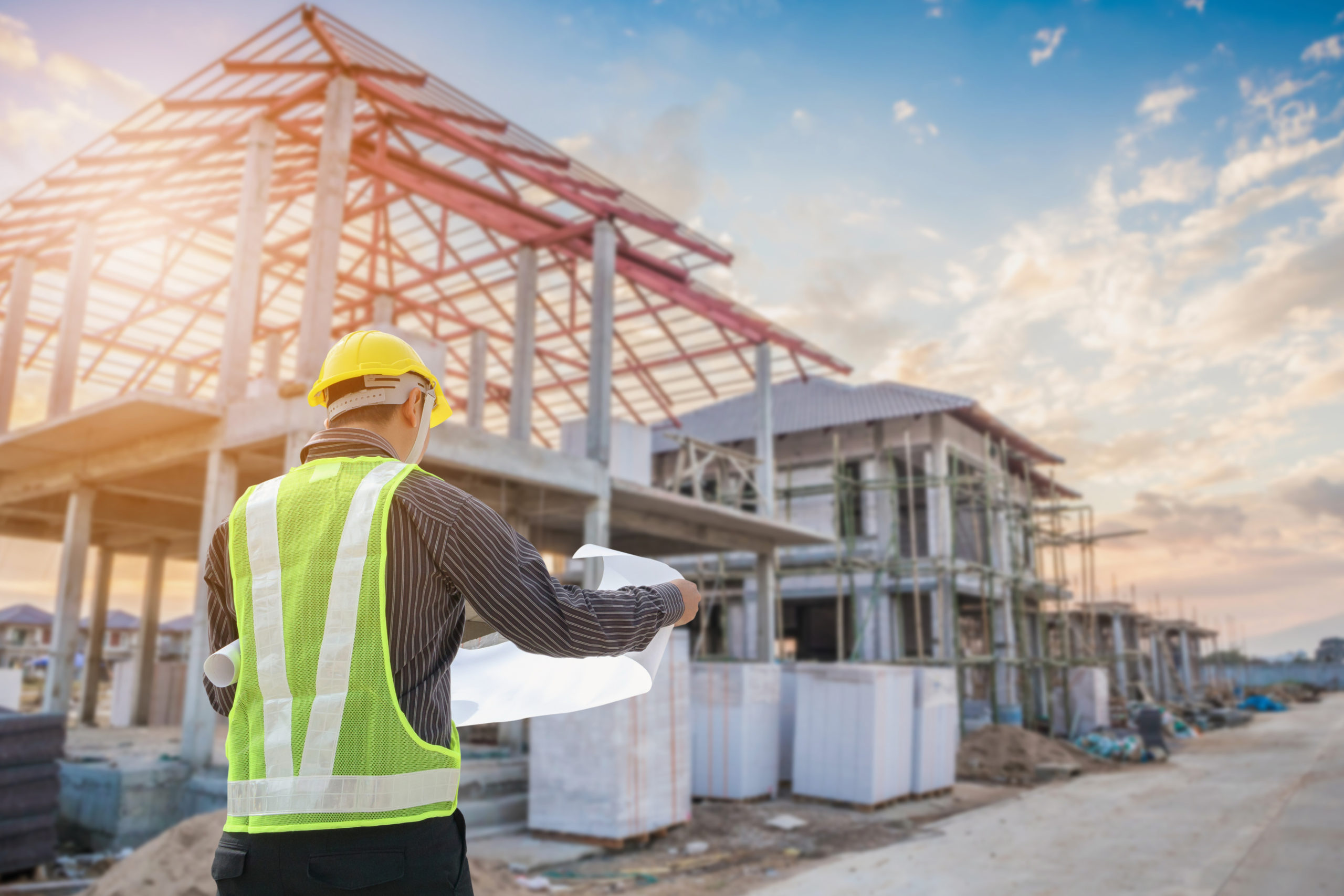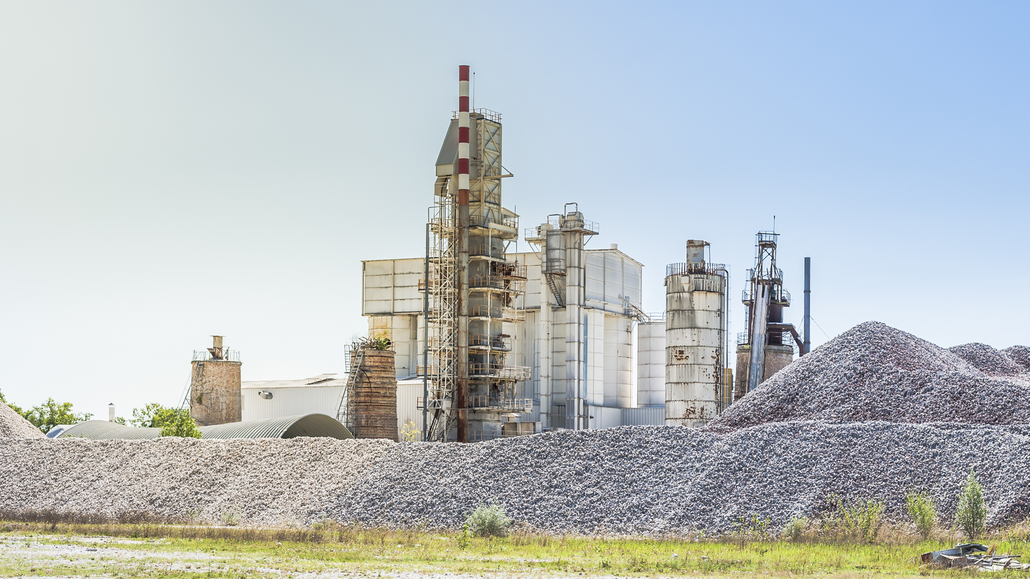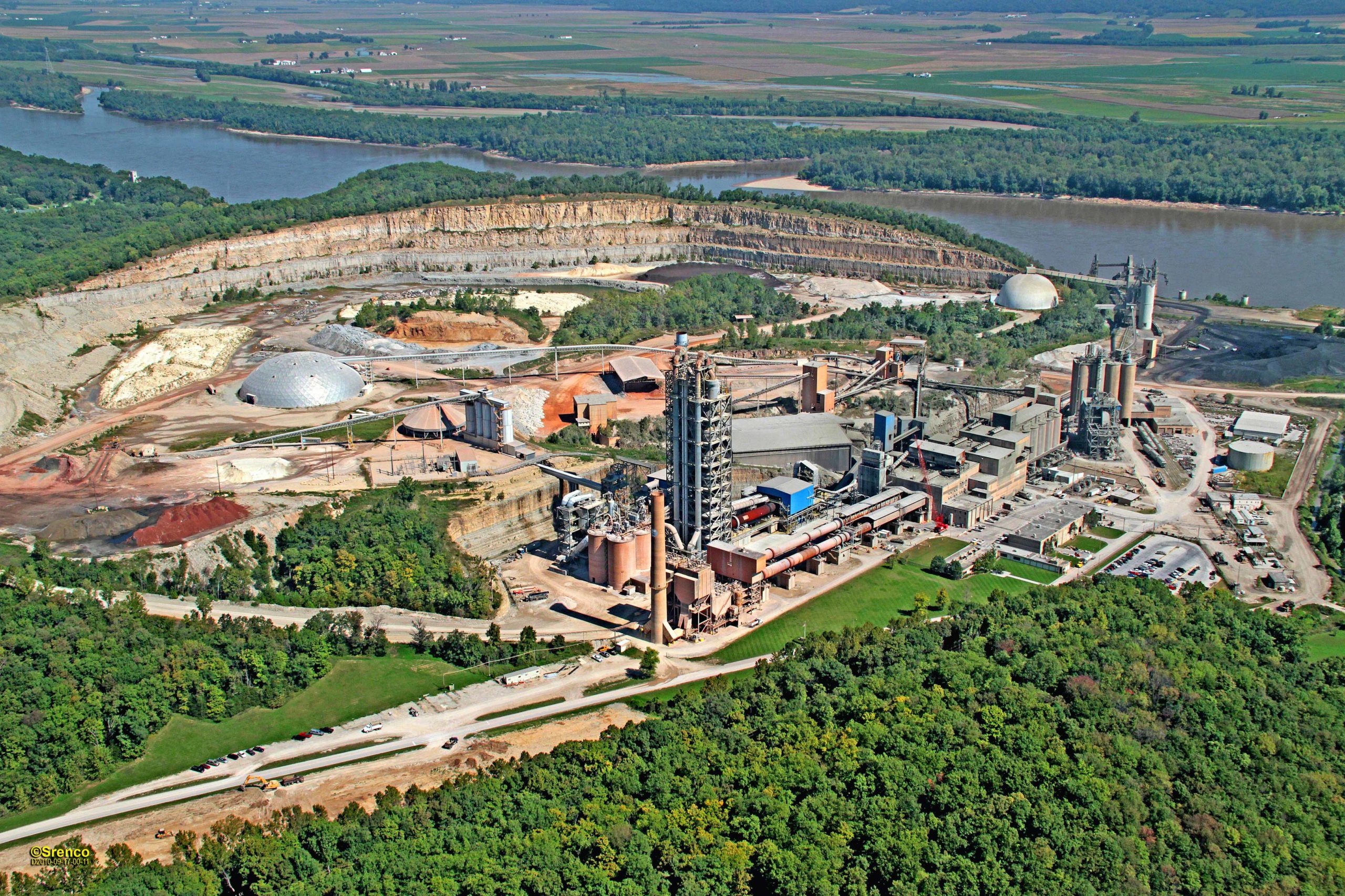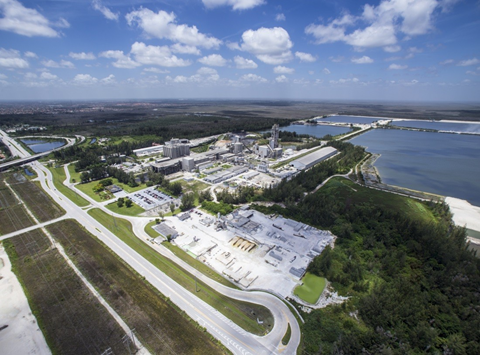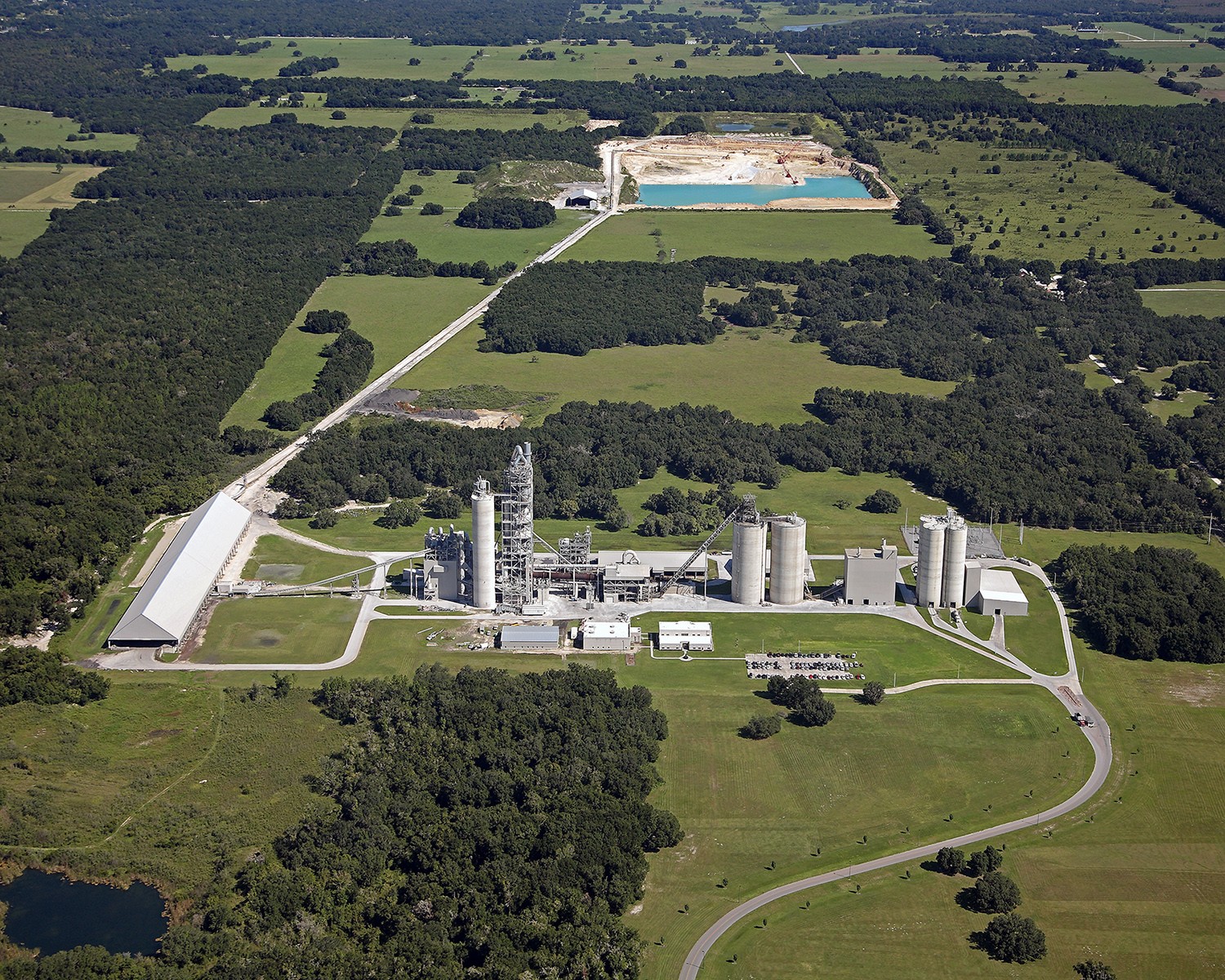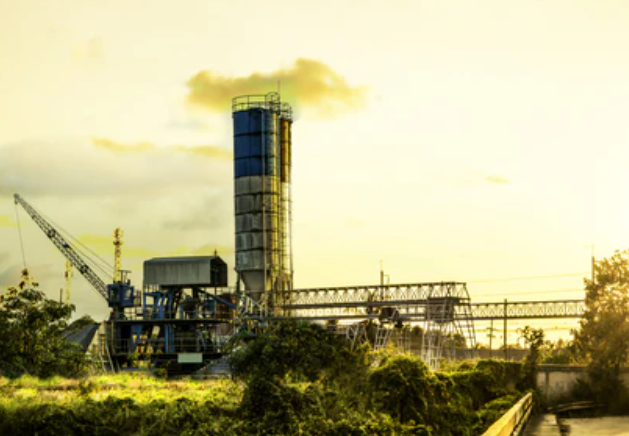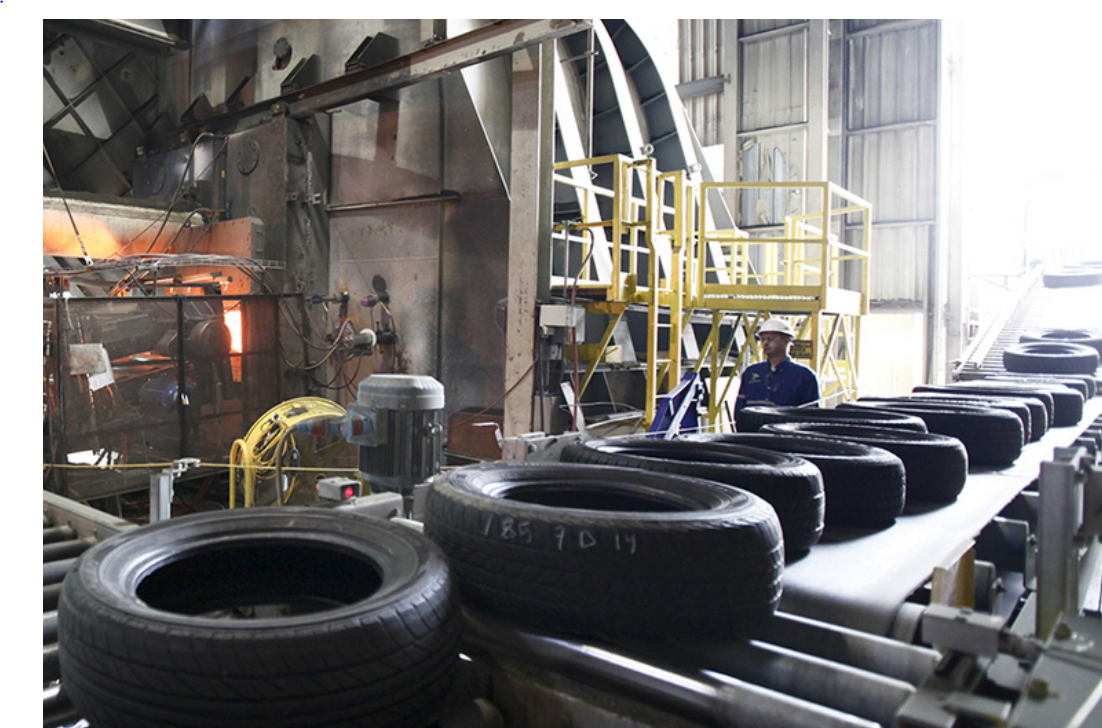Allen Hamblen
President and CEO of CalPortland
No matter the type of infrastructure, concrete construction provides a sustainable and resilient built environment, which is an important part of the PCA Roadmap to Carbon Neutrality. What is commonly considered construction involves four separate phases: design, construction, use, and end-of-life. Much like earlier steps in the value chain, the carbon intensity of construction can be reduced through optimization within each of these phases.
Optimizing concrete mixtures
Manufacturing concrete today is a complex process. From the generic concrete of residential applications to innovative ultra-high strength concrete for the tallest buildings and longest bridges in the world, concrete manufacturing requires stringent quality control and an understanding of the characteristics and properties of local materials. Along with cement, aggregate and water, most concrete today uses supplementary cementitious materials (SCMs) – admixtures and additives – that improve the properties of concrete for various situations. There are almost a limitless number of concrete formulations to meet the needs of engineers, contractors, owners, and others.
After water, concrete is the second most consumed material on the planet, which is why it’s such a critical step in the value chain to reach carbon neutrality. The cement industry’s Roadmap targets improved mix designs that optimize every single component within concrete – and by optimizing the manufacture of concrete and creating hyper-specific mixes, we can reduce emissions. By switching from prescriptive specifications to performance specifications, producers have the flexibility to design for the application of the project rather than for a specification that may be overdesigned for the use. With dozens of inputs and outputs, leveraging both conventional and machine-based tools allows producers to transition from a set menu of default mixtures to designing tailor-made mixtures using the right materials at the right time for the right application.
A cubic yard of concrete today represents about 500 pounds of CO2. By utilizing optimized mix designs, that same cubic yard of concrete will represent 364 pounds of CO2 by 2030, 273 pounds by 2040 and less than 200 pounds by 2050, a reduction in intensity of 60%. That concrete will still have the same strength and durability consumers have come to expect but with lower life cycle emissions.
Reducing direct emissions from concrete manufacturing and transportation
Making concrete requires energy, and delivering concrete requires energy.
Manufacturing concrete accounts for only about 5% of the total CO2 footprint of concrete. As the grid is supplied with more renewable energy, concrete production facilities will see a 100% reduction in the CO2 footprint.
Concrete manufacturers have committed to transitioning from diesel powered to zero emissions fleets to transport their products. Today, transportation accounts for about 6% of the total CO2 footprint of concrete, with a targeted goal of 3% by 2050 – a 50% reduction in delivery energy.
Avoiding overdesign
Given the ubiquity of concrete, it’s important to optimize how it’s used. Optimization in the design phase takes a whole life building design approach and utilizing performance specifications to lower carbon in the built environment is one approach to avoiding overdesign.
Every structure is designed on basic principles like strength, stiffness, stability, durability, and long-term performance. This Roadmap encourages a rational approach to avoid the wasteful one-size-fits-all approach that is the unknowing default selection of many designers. Keeping building codes updated to include the use of performance specifications addresses overly conservative designs that provide a false sense of security. Despite advances in building codes and design, this remains an issue.
Concrete’s wide range of performance characteristics allows for structural systems to be optimized by simply considering the size, shape and spacing of structural components. A common example is the use of higher strength concretes to decrease slab depths. Similarly, high strength concrete can allow either reduced column sizes or wider spacing between the columns. While the cement content will vary based on mix design, the overall structural system can be optimized with a lower carbon footprint.
This Roadmap envisions that optimization in the design and construction phase can achieve construction efficiencies of 10% by 2030, 20% by 2040, and 30% by 2050. Optimized construction also means reducing waste on the job site and eliminating returned concrete. Today, more than 5% of concrete is returned from construction sites; with more precise design and by limiting excess materials at the job site, our targets for returned concrete are 4.25% by 2030, 3.25% by 2040, and 2.5% by 2050.
By working with concrete manufacturers, stakeholders, urban developers and contractors, we can lower concrete’s carbon footprint, achieve carbon neutrality, and build a more sustainable built environment for the next generation.
